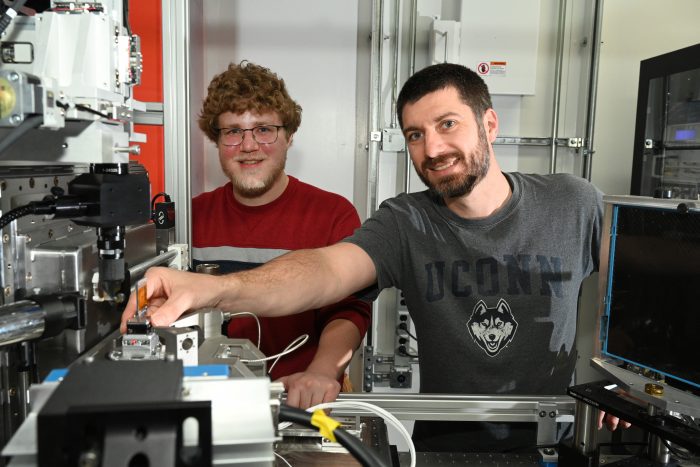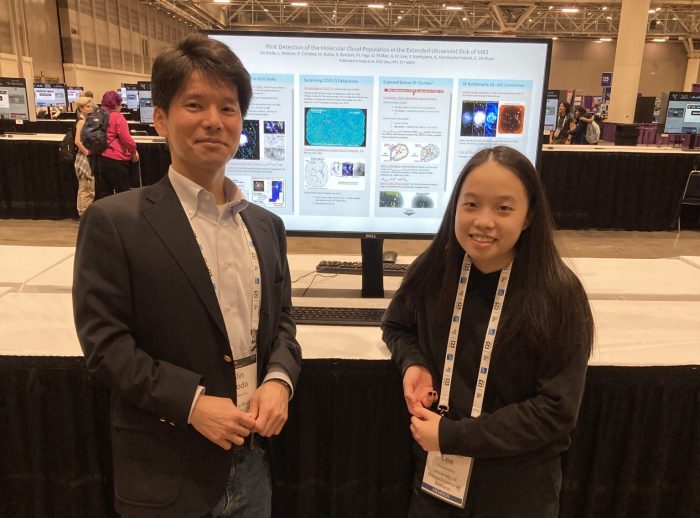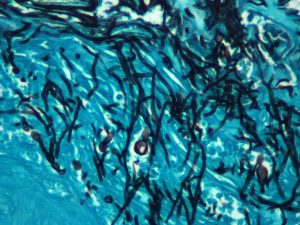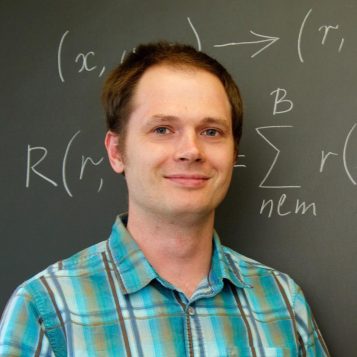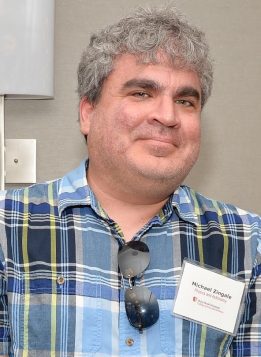By Daniel Dunaief

I watch Jeopardy! and it’s a much more intellectual and challenging show than Family Feud, but, truth be told, I have watched several episodes of the Feud these days.
Perhaps it’s the simplicity of the show that entertains me or the fact that there just doesn’t seem to be much at stake. Sometimes, the questions seem ridiculous and, somewhere among the answers, is something about someone’s private parts, poop, or people’s mothers, almost as if I’m watching a game show version of an Adam Sandler movie.
Anyway, watching the show late at night, I have started imagining a farce, skit or just a show gone awry that I would enjoy watching, particularly when I’m in that time between mental focus and drifting off into an imaginary world where I am on skis and can jump over a mountain, land in a nearby ocean, communicate with dolphins and have dinner with a coed group of mermaids who particularly enjoy conversations about science, conservation and baseball.
In my imaginary episode, Steve Harvey starts with an apology, admitting that the word “theyself” isn’t a word. Then, as he meets the families, the first person in the family introduces their relatives.
“Hi Steve, I’m Joe and this is my wife whose favorite word late at night seems to be ‘no’ and who still hasn’t figured out how to bake chicken without burning it.”
Steve widens his eyes, takes a few steps back and lowers his jaw.
“And, next to her, is my sister-in-law Erica, who always knows better about everything and clearly thought my wife could do better when we got married. I have news for you, sis. Maybe she could have, but she chose me anyway, so get over yourself and show the world how smart you are.”
A little less shocked, Steve nods, looking past the mortified sister in law.
“Oh, that’s my brother-in-law Eric. If you were named Eric, would you date a woman named Erica? Eric and I share a beer once in a while, but he frequently has bad breath, so I wouldn’t get too close to him.”
Steve turns his head and makes a mental note.
“And, down at the end, that’s a neighbor of ours, Jessica, whom we’re passing off as a member of the family because no one else in our family could stand to be with us and because they didn’t believe we’d actually be on the Feud. So, hey, to the rest of the family, suck it!”
After an introduction from the other family, the two leaders come to the front of the podium for the obligatory hand shake. Joe refuses to shake hands and suggests that he has OCD and that he’ll tap feet instead.
Looking at the card, Steve shakes his head and says the top six answers are on the board.
“Name a time when you wish you were somewhere else,” he says.
Alex buzzes in first and Joe starts screaming that he’s sure he beat Alex and demands a replay review.
“We don’t do that here,” Steve says, frowning at Joe. “Have you ever watched the show?”
“But they do it in sports. Why not? It’s unfair. Don’t I get at least one challenge? I brought my own red flag,” Joe protests.
“I don’t care what you brought,” Steve says, forcing a smile on his bewildered face. “You don’t get a challenge. Let Alex answer.”
Steve turns to Alex.
“I was going to say ‘at the dentist’ but I’m changing my answer to ‘now.’”
Steve doubles over with laughter, holding the podium and shaking his head.
“Why is that funny?” Joe demands. “Besides, I have a better answer.”
“Let’s see where ‘now’ lands on the list,” Steve says, pointing to the board. It’s the third-most popular answer, which means Joe gets to speak. Steve turns to him, waiting for a reply.
“7:57 am on most mornings,” Joe says, smiling.
Steve doesn’t dare ask, repeating Joe’s answer, which gets the familiar red X.
“But it was a great answer,” Joe demands. “Can I challenge that?”
“No, you want to play or pass?” Steve asks, turning to Alex.
After Alex’s family clears all but one answer, Steve returns to Joe.
“Okay,” Steve says, treading carefully. “Name a time when you wish you were somewhere else?”
“When we first auditioned for the show?” Joe replies.
Steve laughs, pats him on the back and wishes him well.



